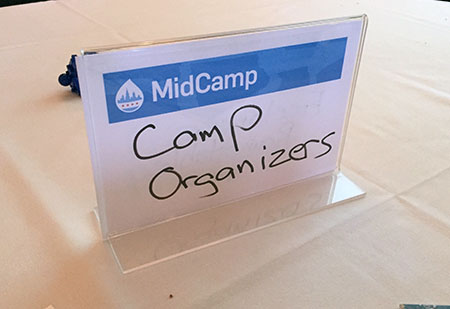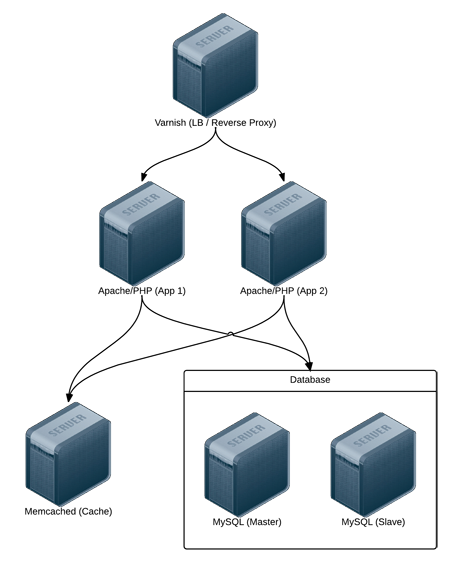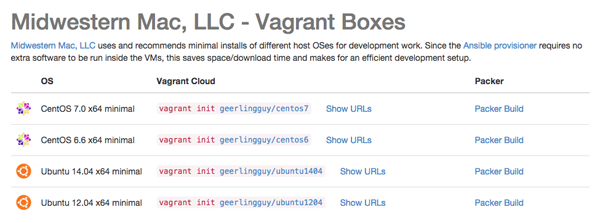Ansible + Drupal + Raspberry Pi Dramble - Presentation at MidCamp 2015
Earlier today, I gave a presentation on Ansible and Drupal 8 at MidCamp in Chicago. In the presentation, I introduced Ansible, then deployed and updated a Drupal 8 site on a cluster of 6 Raspberry Pi computers, nicknamed the Dramble.
Video from the presentation is below (sadly, slides/voice only—you can't see the actual cluster of Raspberry Pis... for that, come see me in person sometime!):
My slides from the presentation are embedded below, and I'll be posting a video of the presentation as soon as it's available.



